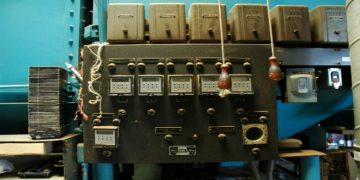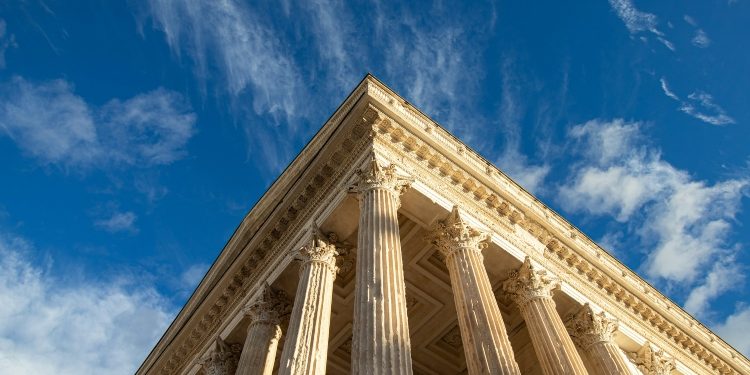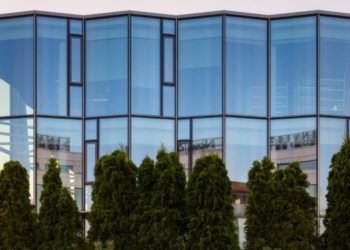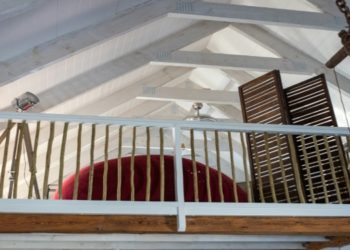In the grand tapestry of architectural elements, architraves serve as a subtle yet profound thread, connecting eras, styles, and functionalities with understated elegance. As we delve into the depths of architectural design and decoration, it becomes apparent that these features hold more than just a decorative value; they embody the transformative power that detail and craftsmanship can bring to structures, both modest and monumental.
The Essence of Architraves
Originating from the Greek word ‘architravos’, which translates to ‘main beam’, architraves are the beams that rest on the columns in classical architecture. Over time, this term has come to denote the mouldings that frame doorways, windows, and other openings in a building, acting as a transitional element between different spaces. Far from being mere structural necessities, these features encapsulate a vital aspect of architectural beauty, marrying function with form in a seamless dance of design.
Historical Significance and Evolution
Tracing the lineage of architraves takes us back to the ancient civilizations of Greece and Rome, where they were integral to the Doric, Ionic, and Corinthian orders of architecture. Each style presented a different form of architrave, varying in complexity and decorative detail, reflecting the societal values and aesthetic preferences of the time. As architecture evolved through the Renaissance, Baroque, and Neo-Classical periods, so too did the design of architraves, becoming ever more intricate and varied.
The Role of Architraves in Contemporary Design
In contemporary architecture, the architrave has transcended its classical roots to adopt a myriad of forms that reflect the diversity and creativity of modern design. Today, architraves are not only found in grand public buildings and luxurious residences but have also made their way into the heart of modest homes, where they serve to enhance the character and style of interior spaces.
The versatility of architraves allows architects and designers to impart a unique signature on a building, be it through the simplicity of clean, straight lines or the elegance of curved and embellished profiles. This adaptability is where the true transformative power of architraves lies; in their ability to infuse spaces with a distinct sense of identity and continuity.
The Ogee Architrave: A Case Study in Elegance
Amidst the plethora of architrave designs, the ogee architrave stands out for its sophisticated curvature and historical depth. Characterised by its S-shaped profile, this style merges the worlds of traditional charm and contemporary finesse, offering a nuanced approach to framing openings. The ogee architrave, with its gentle curves and subtle elegance, can transform an ordinary doorway or window into a focal point of artistic expression and historical reverence.
Incorporating the ogee architrave into modern design requires a delicate balance between its historical connotations and the demands of contemporary aesthetics. Used judiciously, it can add a layer of depth and sophistication to interior spaces, harmonising with both classical and modern elements.
Crafting Spaces with Architraves
The transformative power of architraves lies in their ability to define and refine the visual and spatial experience of architecture. By carefully selecting and designing architraves, architects and interior designers can influence the ambience of a space, directing light and shadow, enhancing proportions, and creating a dialogue between the interior and exterior.
In residential spaces, architraves contribute to the overall narrative of a home, encapsulating the personalities and tastes of its inhabitants. Whether opting for the minimalist appeal of a flat architrave or the historical resonance of an ogee profile, homeowners can use these elements to imprint their mark on a space, making it truly their own.
Sustainability and Innovation in Architrave Design
As the architectural world moves towards more sustainable practices, the design and selection of architraves have also been influenced by environmental considerations. Advances in materials and manufacturing processes have opened up new possibilities for creating durable, eco-friendly architraves that do not compromise on aesthetics. The use of recycled materials, along with innovations in wood alternative products, are a testament to the industry’s commitment to sustainability.
Moreover, digital fabrication techniques, such as CNC routing and 3D printing, have revolutionised the way architraves are designed and produced, allowing for customisation and complexity that was previously unattainable. This intersection of technology and tradition is paving the way for a new era of architectural detailing that is as conscientious as it is creative.
Conclusion
The architrave, a seemingly modest architectural element, holds within it the power to transform spaces through its historical depth, aesthetic versatility, and the craftsmanship it represents. From the ancient beams of Greek temples to the sleek mouldings of contemporary homes, architraves continue to serve as a testament to the enduring beauty and relevance of architectural detail.
As we look to the future of design and architecture, it is clear that elements like the architrave will continue to play a crucial role in shaping our built environment. Through a blend of tradition and innovation, sustainability and customisation, the architrave stands as a symbol of how attention to detail can elevate the mundane to the magnificent, imbuing spaces with character, elegance, and coherence.
David Prior
David Prior is the editor of Today News, responsible for the overall editorial strategy. He is an NCTJ-qualified journalist with over 20 years’ experience, and is also editor of the award-winning hyperlocal news title Altrincham Today. His LinkedIn profile is here.













































































